Home>Furniture & Design>Interior Design Trends>How Do Glass Break Sensors Work
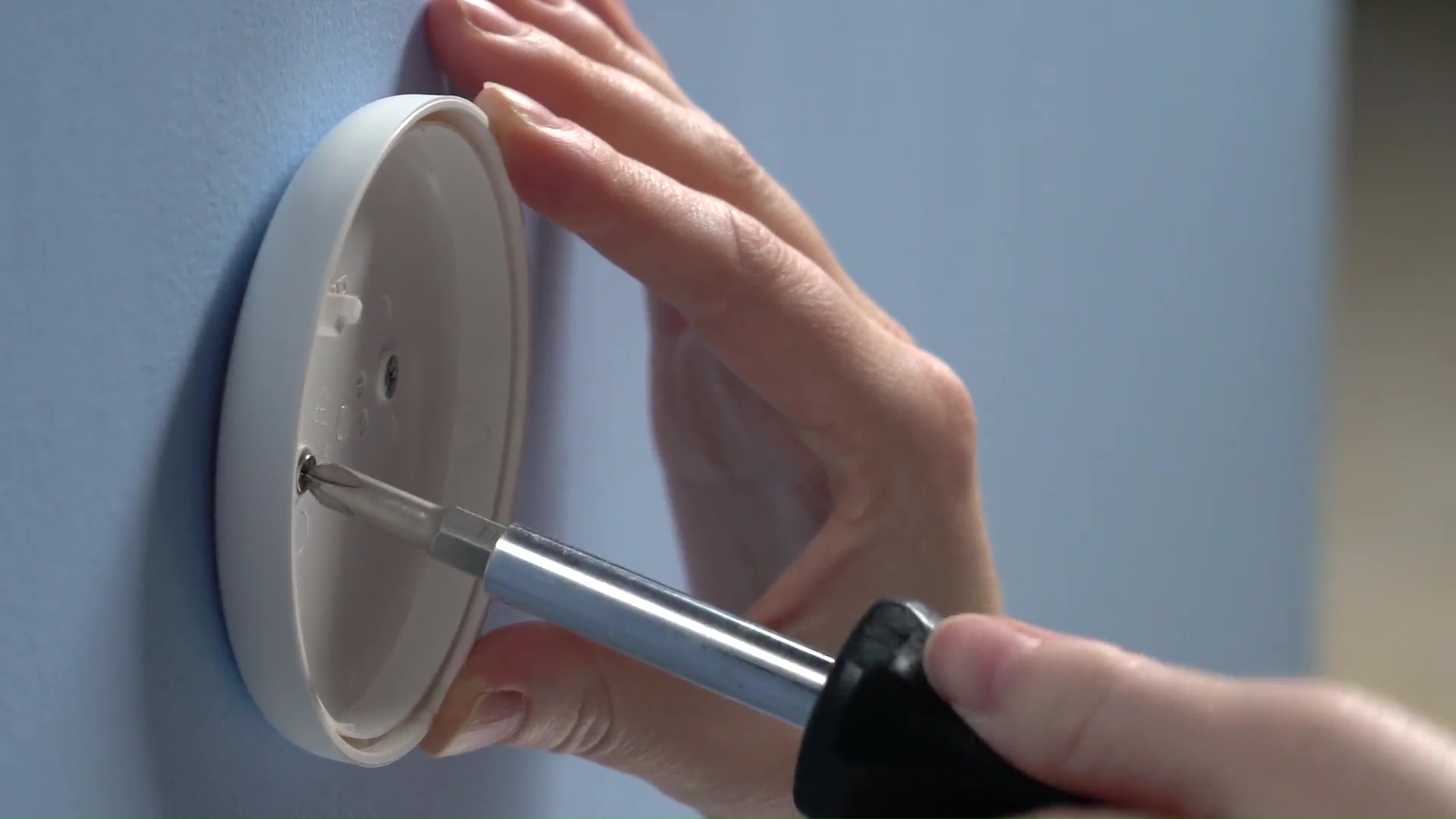

Interior Design Trends
How Do Glass Break Sensors Work
Modified: February 18, 2024
Learn how glass break sensors work and their role in interior design trends. Discover the latest advancements in home security technology.
(Many of the links in this article redirect to a specific reviewed product. Your purchase of these products through affiliate links helps to generate commission for Storables.com, at no extra cost. Learn more)
Introduction
Glass break sensors are an essential component of modern security systems, providing an added layer of protection for homes and businesses. These innovative devices are designed to detect the distinct sound frequency produced when glass shatters, alerting occupants and authorities to potential intrusions. As technology continues to advance, glass break sensors have become increasingly sophisticated, offering improved accuracy and reliability.
In this comprehensive guide, we will delve into the intricacies of glass break sensors, exploring the various types available, the mechanisms behind their operation, and the factors influencing their performance. Additionally, we will discuss the optimal installation and placement of these sensors to maximize their effectiveness in safeguarding properties.
Understanding the functionality of glass break sensors is crucial for homeowners and business owners seeking to fortify their security measures. By gaining insight into the inner workings of these devices, individuals can make informed decisions when selecting and installing the most suitable glass break sensors for their specific needs.
Join us as we embark on a journey through the realm of glass break sensors, unraveling the mysteries behind their operation and uncovering the key considerations for maximizing their efficacy.
Key Takeaways:
- Glass break sensors use advanced technology to detect the sound or vibrations of breaking glass, providing reliable security for homes and businesses. Understanding their types and placement is crucial for effective protection.
- Factors like environmental conditions, glass type, and sensor calibration can affect the performance of glass break sensors. Proper installation and strategic placement are essential for maximizing their effectiveness.
Read more: How Does A Glass Break Sensor Work
Types of Glass Break Sensors
Glass break sensors come in various types, each offering unique features and functionalities to cater to diverse security needs. Understanding the differences between these types is crucial for selecting the most suitable option for a specific environment. Let's explore the common types of glass break sensors available in the market today:
-
Acoustic Glass Break Sensors: These sensors are designed to detect the sound frequency generated by the shattering of glass. They are equipped with advanced microphones capable of discerning the distinct acoustic signature produced during glass breakage. Acoustic glass break sensors are highly sensitive and can effectively differentiate between the sound of breaking glass and other ambient noises, minimizing false alarms.
-
Shock and Vibration Glass Break Sensors: Unlike acoustic sensors, these devices rely on detecting the shockwaves and vibrations generated when glass is shattered. They are equipped with sensitive accelerometers or piezoelectric sensors that can pick up the unique patterns of glass breakage. Shock and vibration glass break sensors are ideal for environments where ambient noise levels are high, as they are less susceptible to false alarms caused by non-glass-related sounds.
-
Hybrid Glass Break Sensors: Combining the capabilities of acoustic and shock/vibration sensors, hybrid glass break sensors offer a comprehensive approach to detecting glass breakage. By utilizing both acoustic and shockwave detection technologies, these sensors provide enhanced accuracy and reliability, making them suitable for a wide range of environments, including residential and commercial settings.
-
Passive Infrared (PIR) Glass Break Sensors: These sensors incorporate passive infrared technology to detect changes in infrared energy levels caused by the movement of an intruder or the shattering of glass. PIR glass break sensors can complement traditional motion detectors, offering a dual layer of protection by detecting both physical intrusion and glass breakage within the same device.
-
Wireless Glass Break Sensors: As the name suggests, these sensors operate wirelessly, making them easy to install and configure. They communicate with the security system's control panel using radio frequency signals, eliminating the need for complex wiring. Wireless glass break sensors offer flexibility in placement and can be seamlessly integrated into existing security setups.
By understanding the distinct characteristics and functionalities of these types of glass break sensors, individuals can make informed decisions when selecting the most suitable option for their security needs. Each type offers unique advantages and considerations, allowing for tailored security solutions that align with specific environmental and operational requirements.
How Glass Break Sensors Detect Glass Breakage
Glass break sensors are designed to detect the distinct acoustic and physical signatures associated with the shattering of glass. The process of detecting glass breakage involves advanced technologies and intricate mechanisms that enable these sensors to differentiate between the sound or shockwaves produced by breaking glass and other ambient noises or vibrations.
Acoustic Detection
Acoustic glass break sensors are equipped with highly sensitive microphones capable of capturing the unique sound frequency generated when glass shatters. These microphones are tuned to recognize the specific acoustic signature of breaking glass, which differs from other common sounds in the surrounding environment. When a glass break event occurs, the sensor's microphone picks up the characteristic sound pattern, triggering the alarm system to alert occupants or monitoring authorities.
Shock and Vibration Detection
In contrast, shock and vibration glass break sensors rely on detecting the physical impact and vibrations resulting from the shattering of glass. These sensors are equipped with accelerometers or piezoelectric sensors that can detect the unique shockwave patterns produced when glass breaks. By analyzing the distinct vibration patterns associated with glass breakage, these sensors can accurately identify and differentiate glass-related events from other sources of physical impact or vibration.
Read more: How To Test Glass Break Sensor
Hybrid Detection
Hybrid glass break sensors combine the capabilities of both acoustic and shock/vibration detection technologies, offering a comprehensive approach to detecting glass breakage. By leveraging multiple detection methods, these sensors enhance the accuracy and reliability of glass break detection, minimizing the risk of false alarms while ensuring prompt and precise response to genuine glass break events.
Signal Processing and Analysis
Upon detecting the acoustic or physical signatures of glass breakage, glass break sensors employ advanced signal processing and analysis algorithms to verify the authenticity of the detected event. This involves analyzing the captured sound or vibration patterns to confirm that they align with the expected characteristics of genuine glass breakage, further reducing the likelihood of false alarms.
By leveraging a combination of advanced detection technologies, signal processing algorithms, and meticulous analysis, glass break sensors can effectively discern the unique signatures of glass breakage, providing reliable and responsive security measures for residential and commercial environments.
This detailed understanding of how glass break sensors detect glass breakage underscores the sophistication and precision of these devices, highlighting their pivotal role in fortifying security systems against potential intrusions and unauthorized entry.
Factors Affecting the Performance of Glass Break Sensors
The performance of glass break sensors is influenced by various factors that can significantly impact their effectiveness in detecting and responding to glass breakage events. Understanding these factors is essential for optimizing the functionality of glass break sensors and mitigating potential limitations. Let's explore the key elements that can affect the performance of these critical security devices:
1. Environmental Conditions:
The environmental context in which glass break sensors are deployed plays a crucial role in their performance. Factors such as ambient noise levels, temperature fluctuations, and air pressure variations can impact the sensitivity and accuracy of these sensors. High levels of background noise, whether from traffic, machinery, or other sources, may increase the likelihood of false alarms, necessitating careful calibration and placement of the sensors to minimize interference.
Read more: Where To Place Glass Break Sensors
2. Glass Type and Thickness:
The composition and thickness of the glass being monitored can influence the detection capabilities of glass break sensors. Different types of glass, such as tempered, laminated, or annealed glass, produce varying acoustic and physical signatures when shattered. Additionally, thicker glass may attenuate the sound and vibration signals, potentially affecting the sensor's ability to detect glass breakage accurately. Adjusting the sensor's sensitivity and settings to accommodate specific glass characteristics is essential for optimal performance.
3. Sensor Calibration and Settings:
Proper calibration and configuration of glass break sensors are critical for ensuring reliable performance. Fine-tuning the sensor's sensitivity, detection range, and signal analysis parameters is essential for minimizing false alarms while maintaining responsiveness to genuine glass break events. Regular maintenance and adjustment of sensor settings based on environmental changes and evolving security requirements are imperative for sustained effectiveness.
4. Installation and Placement:
The strategic placement and installation of glass break sensors significantly impact their performance. Ensuring adequate coverage of the protected area, minimizing obstructions that may impede sensor functionality, and positioning the sensors within the optimal detection range are essential considerations. Additionally, avoiding direct exposure to sources of intense vibration or impact, such as heavy machinery or HVAC systems, is crucial for preventing false alarms and maintaining sensor integrity.
5. Interference and Signal Integrity:
External factors, including electromagnetic interference, radio frequency disturbances, and signal obstructions, can affect the integrity of the signals received and processed by glass break sensors. Shielding the sensors from potential sources of interference and ensuring robust signal transmission pathways are essential for preserving the reliability and accuracy of glass break detection.
By addressing these critical factors and implementing appropriate measures to mitigate potential challenges, individuals and security professionals can enhance the performance and reliability of glass break sensors, bolstering the overall security infrastructure of residential and commercial properties. A comprehensive understanding of these influencing factors empowers stakeholders to make informed decisions regarding the selection, deployment, and maintenance of glass break sensors, ultimately fortifying the defense against unauthorized entry and intrusions.
Read more: How Many Glass Break Sensors Do I Need
Installation and Placement of Glass Break Sensors
Proper installation and strategic placement of glass break sensors are paramount to their effectiveness in detecting and responding to glass breakage events. The meticulous positioning of these sensors within the protected area is essential for maximizing coverage and minimizing blind spots, ensuring comprehensive security coverage. Here are key considerations for the installation and placement of glass break sensors:
-
Strategic Coverage: When installing glass break sensors, it is crucial to strategically position them to cover vulnerable entry points, such as windows, glass doors, and other areas susceptible to potential intrusions. By identifying the most probable points of unauthorized entry, individuals can strategically deploy glass break sensors to provide targeted protection, enhancing the overall security posture of the premises.
-
Optimal Mounting Height: The mounting height of glass break sensors plays a pivotal role in their performance. Mounting the sensors at an optimal height, typically within the range of 6 to 8 feet above the floor, allows for effective coverage of the protected area. This positioning facilitates the sensor's ability to capture the acoustic and physical signatures of glass breakage, maximizing their detection capabilities.
-
Avoiding Obstructions: During installation, it is essential to avoid obstructions that may impede the sensor's functionality. Placing the sensors away from objects that could obstruct the transmission of sound or vibrations, such as heavy curtains, furniture, or decorative items, is crucial for unimpeded sensor performance. Clear lines of sight and unobstructed sensor coverage contribute to reliable glass break detection.
-
Adjusting Sensitivity: Fine-tuning the sensitivity of glass break sensors based on the specific characteristics of the environment and the type of glass being monitored is imperative. Different sensor models offer adjustable sensitivity settings, allowing users to customize the detection threshold to suit the prevailing conditions. This calibration ensures that the sensors can accurately discern genuine glass break events while minimizing false alarms.
-
Consideration of Room Acoustics: The acoustic properties of the monitored space should be taken into account during sensor placement. Factors such as room size, ceiling height, and the presence of sound-absorbing materials can influence the propagation of sound waves generated by glass breakage. Understanding the room's acoustics enables individuals to position the sensors optimally, leveraging the acoustic characteristics of the environment to enhance detection accuracy.
-
Integration with Security System: Integrating glass break sensors with the broader security system, including alarm panels, monitoring services, and other security devices, is essential for seamless operation. Ensuring proper connectivity and communication between the sensors and the central security infrastructure enhances the overall responsiveness and effectiveness of the security setup.
By adhering to these guidelines and best practices for the installation and placement of glass break sensors, individuals can optimize the functionality of these critical security devices, fortifying their properties against potential intrusions and unauthorized entry. The meticulous consideration of these factors underscores the importance of thoughtful planning and execution in establishing a robust security framework.
Conclusion
In conclusion, glass break sensors stand as stalwart guardians in the realm of modern security systems, offering a vigilant watch over residential and commercial properties. These sophisticated devices, equipped with advanced acoustic and physical detection technologies, serve as the first line of defense against potential intrusions and unauthorized entry. As we navigate the intricacies of glass break sensors, it becomes evident that their effectiveness hinges on a delicate interplay of technological prowess, environmental considerations, and strategic deployment.
The diverse types of glass break sensors, ranging from acoustic and shock/vibration sensors to hybrid and wireless variants, cater to a wide spectrum of security needs, providing tailored solutions for different environments. The nuanced mechanisms through which these sensors detect glass breakage, leveraging acoustic signatures, shockwave patterns, and advanced signal processing, exemplify the fusion of innovation and precision in modern security technology.
Moreover, the performance of glass break sensors is intricately intertwined with environmental factors, glass characteristics, sensor calibration, and strategic placement. By meticulously addressing these influencing elements, individuals and security professionals can optimize the functionality of glass break sensors, fortifying their properties with reliable and responsive security measures.
The installation and placement of glass break sensors emerge as pivotal determinants of their efficacy, underscoring the significance of strategic coverage, optimal mounting height, and sensitivity adjustments. By adhering to best practices in sensor deployment and integration with broader security systems, individuals can elevate the protective capabilities of these devices, fostering a robust security infrastructure.
As we reflect on the multifaceted nature of glass break sensors, it becomes evident that their role extends beyond mere detection; they embody a commitment to safeguarding lives and properties. The symphony of technology, precision, and strategic deployment encapsulates the essence of glass break sensors, empowering individuals to fortify their security measures with unwavering vigilance.
In essence, the journey through the realm of glass break sensors unveils a tapestry of innovation, resilience, and meticulous planning, culminating in a shield of protection that stands unwavering against potential threats. By embracing the intricacies of glass break sensors and harnessing their capabilities to the fullest, individuals can embark on a path towards fortified security, where peace of mind and protection converge seamlessly.
Frequently Asked Questions about How Do Glass Break Sensors Work
Was this page helpful?
At Storables.com, we guarantee accurate and reliable information. Our content, validated by Expert Board Contributors, is crafted following stringent Editorial Policies. We're committed to providing you with well-researched, expert-backed insights for all your informational needs.
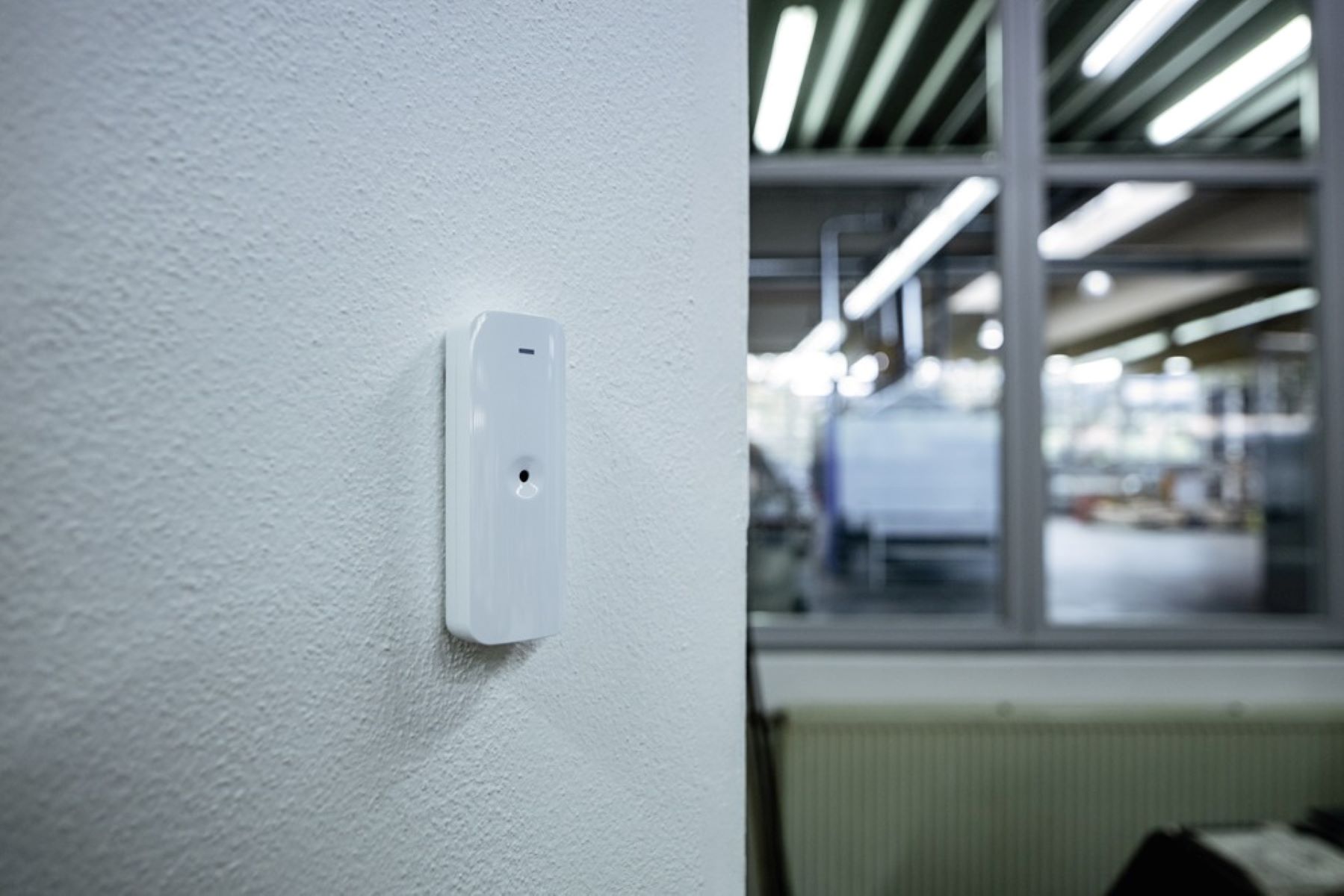
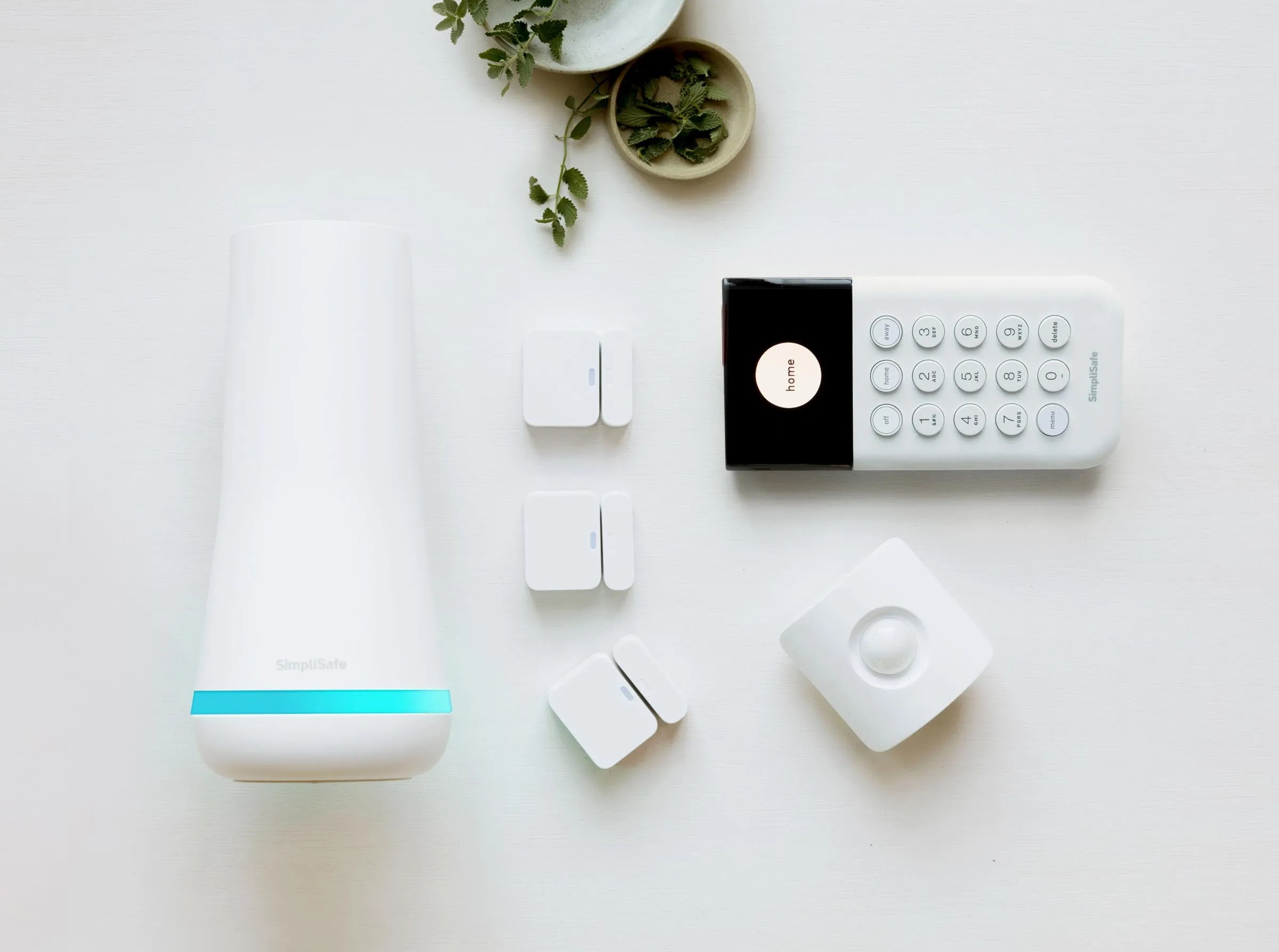
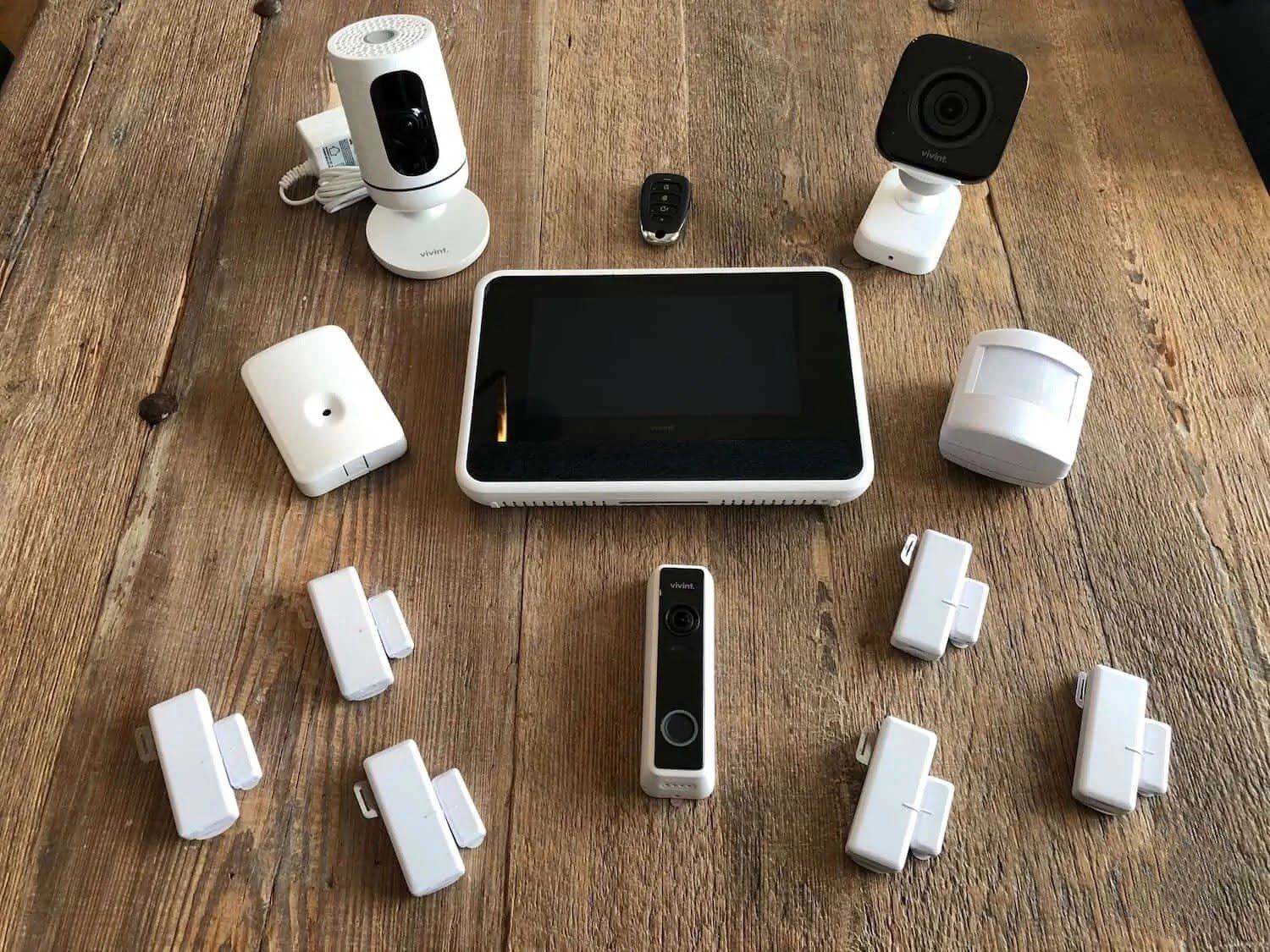
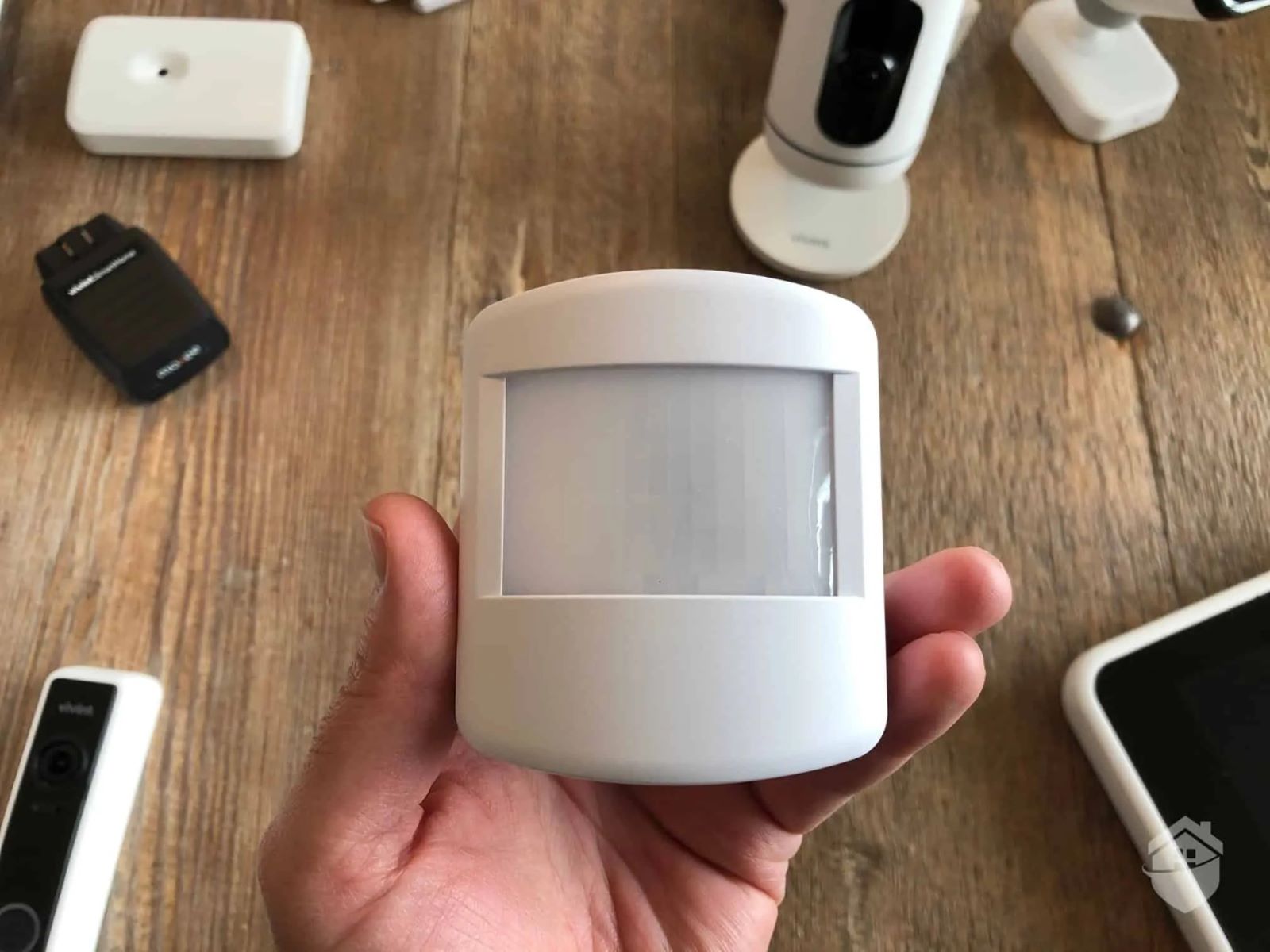


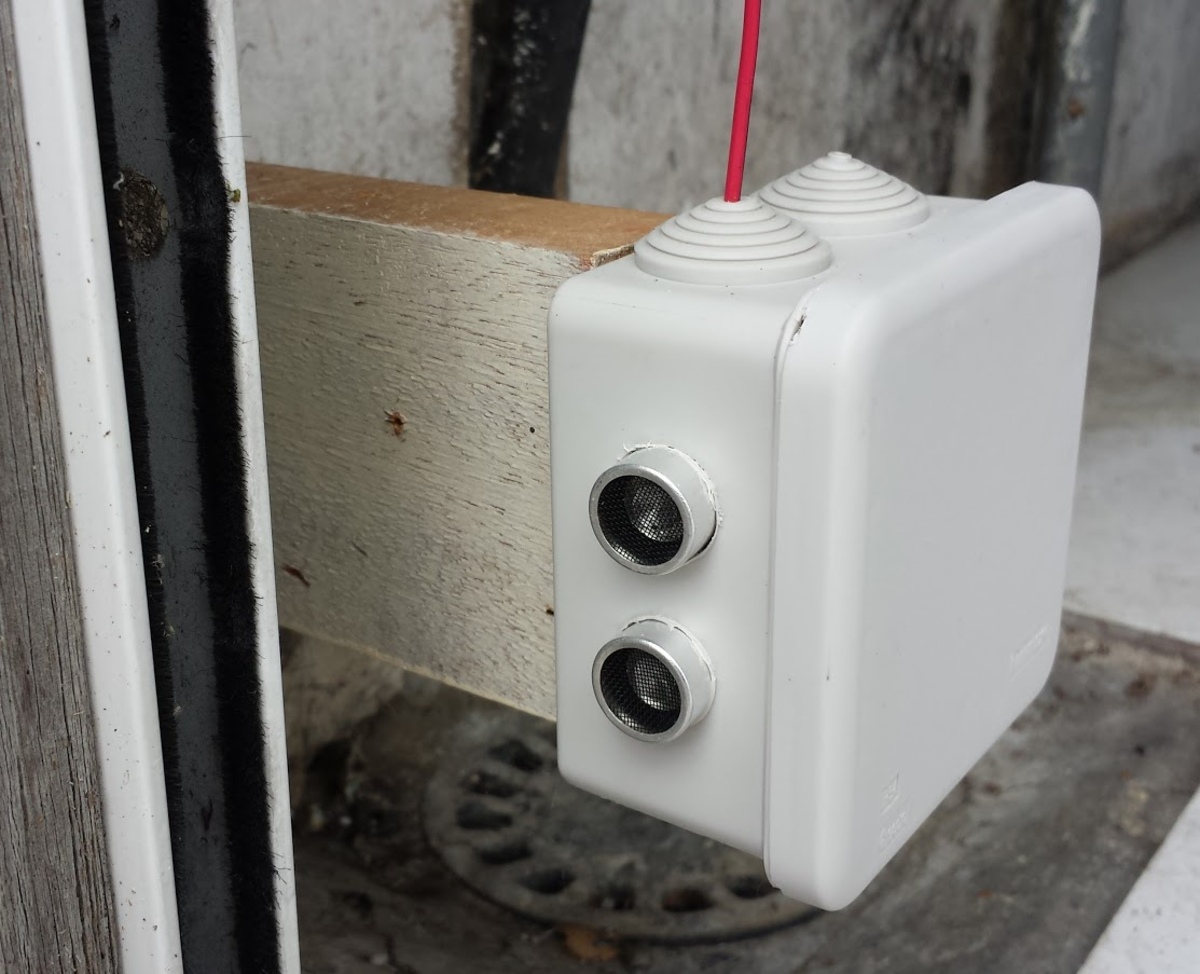






0 thoughts on “How Do Glass Break Sensors Work”